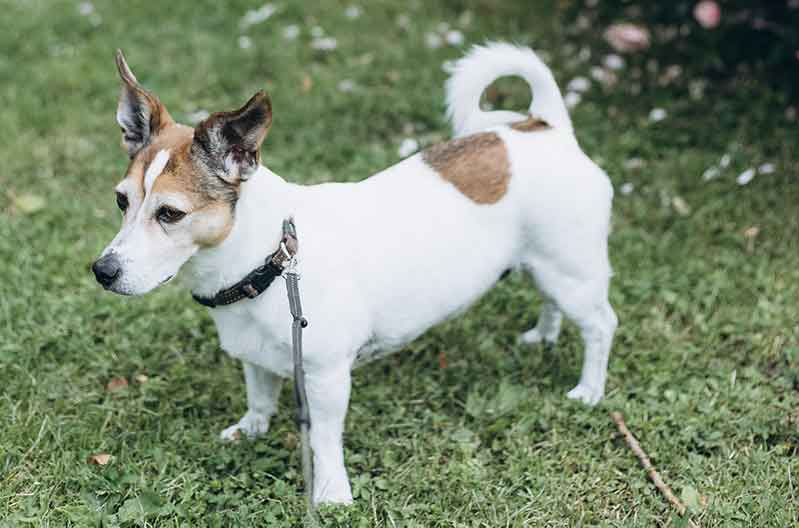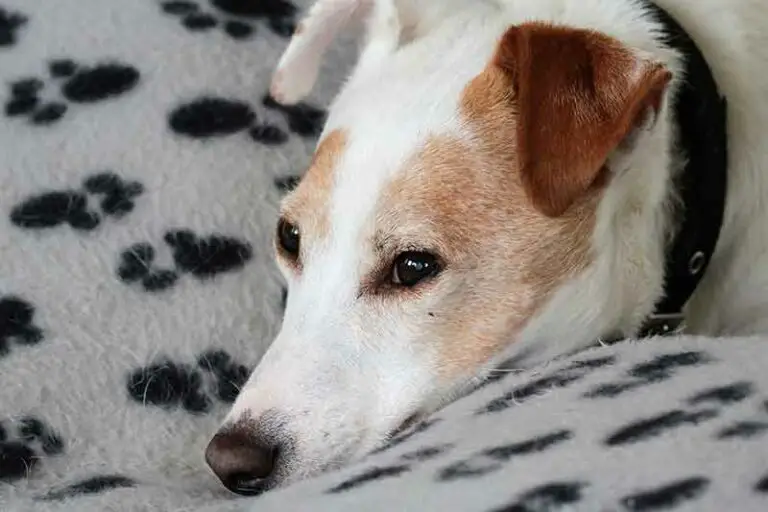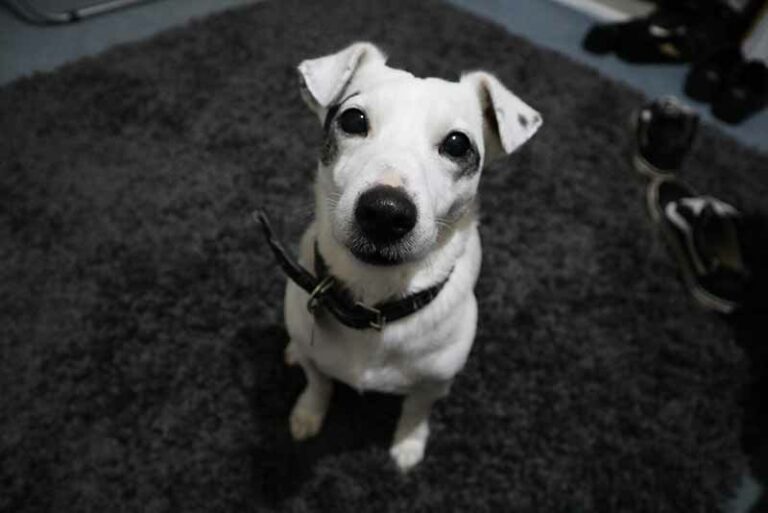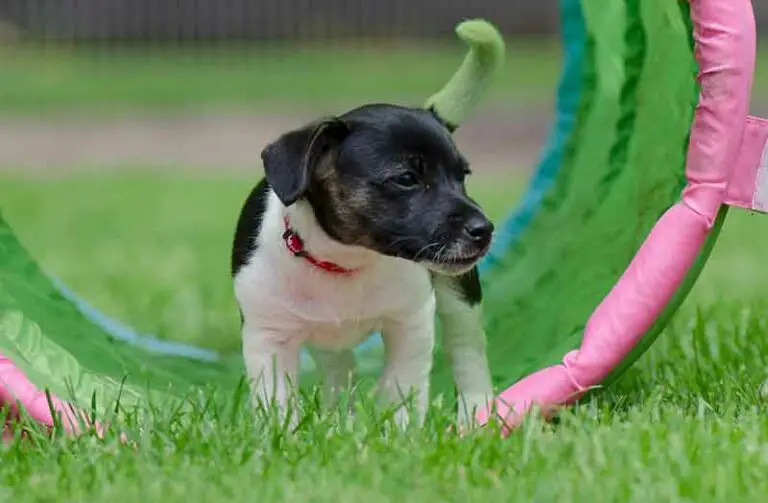Do Jack Russells Have Curly Tails? Explained
Dogs are unique. Sometimes they may belong to the same breed, yet you can spot differences from one to the other. In this case, most JRT owners ask whether Jack Russells have curly tails or not. If you are familiar with the physical appearance of a Jack Russell Terrier, this might sound a bit strange to you.
If your dog has different physical characteristics compared to the standard breed, you might be curious to know why. That is why we are going to discuss Jack Russell’s tails. So read this article to clear your doubts and find out whether this dog breed has curly tails.
So, do Jack Russells have curly tails? Usually, Jack Russell Terriers do not have curly tails. The standard breed has a well-balanced, relatively long lengthen tail, approximately 8 inches. Furthermore, their tails are straight and set high instead of curled up.
However, as I mentioned, it is not impossible to have exceptions. You may find a few with curly tails among a group of Jack Russell Terriers with the usual structure of tails.
This article will help you understand what kind of tails Jack Russells generally have and what could be the reasons behind exceptions.
What kind of tail does a Jack Russell have?
If you already own one of these adorable-looking small dogs or have good knowledge of dog breeds, you may know what kind of a tail a Jack Russell Terrier has. But if you are not very sure about this, don’t worry, let’s find it out.
Jack Russell Terriers commonly have straight tails that tend to be pretty long. This dog breed’s natural tail is usually around 8-10 inches in its length.
However, a Jack Russell could also have tails with a length below 5 inches as well, perhaps only 2 or 3 inches. If you wonder how this happens, this is how.
Jack Russells don’t inherit short tails from birth. It’s not a natural condition. Assume that you get a Jack Russell to adopt, and it has a short tail that is most probably because the tail is docked.
In other words, the breeder has cut the tail of the puppy. Tail docking is a separate topic of discussion, but I’ll provide a brief explanation for you to be familiar with it.
It is not mandatory to dock the tail of Jack Russells. However, this was done in earlier days because Jack Russells were utilized as hunting dogs.
Having long tails could be annoying for a hunting dog due to several reasons. So Jack Russell owners dock the tails and keep them short to ensure that they overcome these troubles they could face while hunting.
Nowadays, Jack Russells are more likely to adopt as family dogs, so not every breeder docks the tails. But docking the tail could also protect the dog from injuries sometimes.
A docking procedure should be performed when the dog is 2 to 5 days old. It is extremely important to follow the proper actions to dock their tails.
So if your Jack Russell has a docked tail, it will undoubtedly be a short-length one. If not, it will have a tail with a length of 8-10 inches. Docked or not, they usually do not have curly tails.
When it comes to the color of the tail, there isn’t a fixed one. Most of the time, they’ll have a white tail as most of the coat comes in white color but could also have brown, black, or tan markings on it.
Do Jack Russells have curly tails?
Just like any other living creature, dogs also inherit their physical traits through genes. As we discussed previously, Jack Russells have straight tails usually set high.
Curly tails are not common among this dog breed. But that does not necessarily mean that it is impossible for a Jack Russell Terrier to have a curled tail.
A Jack Russell could have a curly tail in specific scenarios, and that is due to genetic differences. Scientifically this condition is known as hemivertebrae.
It occurs when the backbone of the dog is congenitally deformed. This leads them to have a twisting edge in their spine, and that could be a reason to have a curled-up tail rather than a straight one.
Other than that, if a Jack Russell Terrier is mixed with another breed, that could also result in curly tails.
Can you identify a purebred Jack Russell from the tail?
The physical characteristics of dogs are the easiest way to figure out whether they are purebred dogs. Speaking of physical characteristics, posture, build, coat, face are the usual traits that we put into consideration.
The tail might not be the closest determinant that helps you to decide whether your Jack Russell Terrier is a purebred one. However, it may give some clues to find answers to the question.
As discussed previously, having curly tails is not a common condition among Jack Russell Terriers. Even though they own straight tails, naturally, there are possibilities of getting curly tails too.
One of the common reasons for a Jack Russell to have a curled tail is being a crossbred Jack Russell.
However, the bottom line is their tail is not the only physical feature that helps identify a purebred Jack Russell.
And as you already know, even some purebred Jack Russells could have tails that are different from the usual structure due to genetic differences. So there’s a 50-50 probability to identify a purebred Jack Russell Terrier from their tail.
Final thoughts about Jack Russell’s curly tail
Today, we attempted to find answers to “Do Jack Russells have curly tails?”. Jack Russells naturally own straight tails, yet they could have curly tails under several circumstances.
So if your Jack Russell Terrier has a curly tail, or you came across a one with a curly tail, that could be primarily due to genetic differences.
However, this won’t cause any harm to the dog; instead, it will give them a unique look. Therefore, you don’t have to worry about it.
Thank you for reading this post. Stay tuned with Jack Russell Owner for more interesting posts. Greetings from Shaggy and Lenny!








